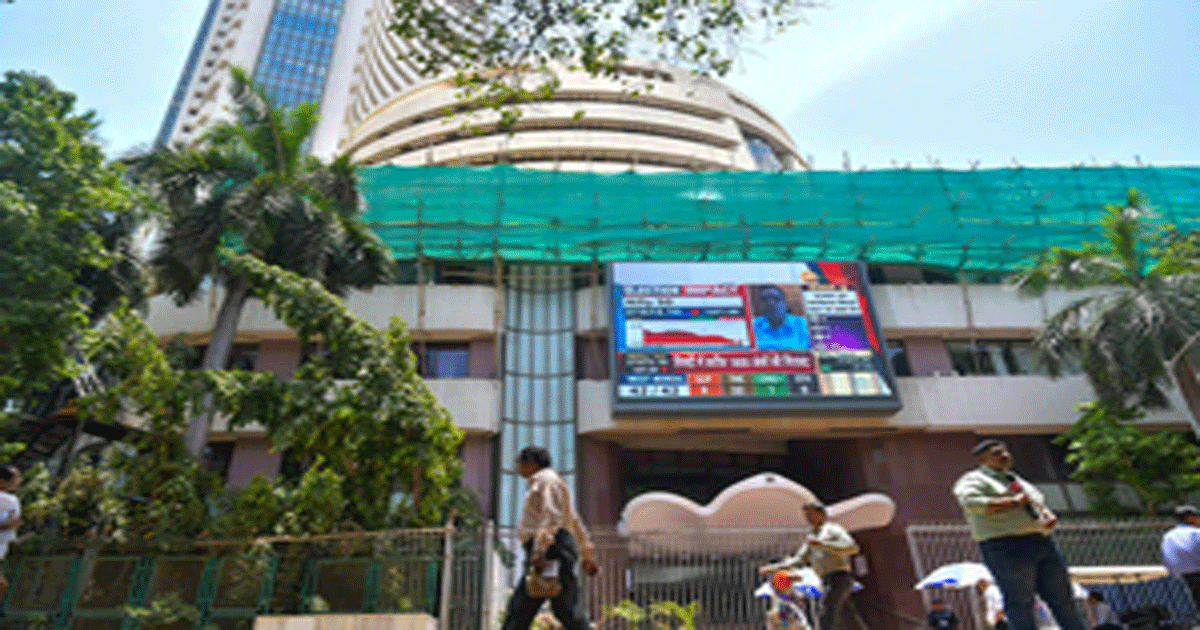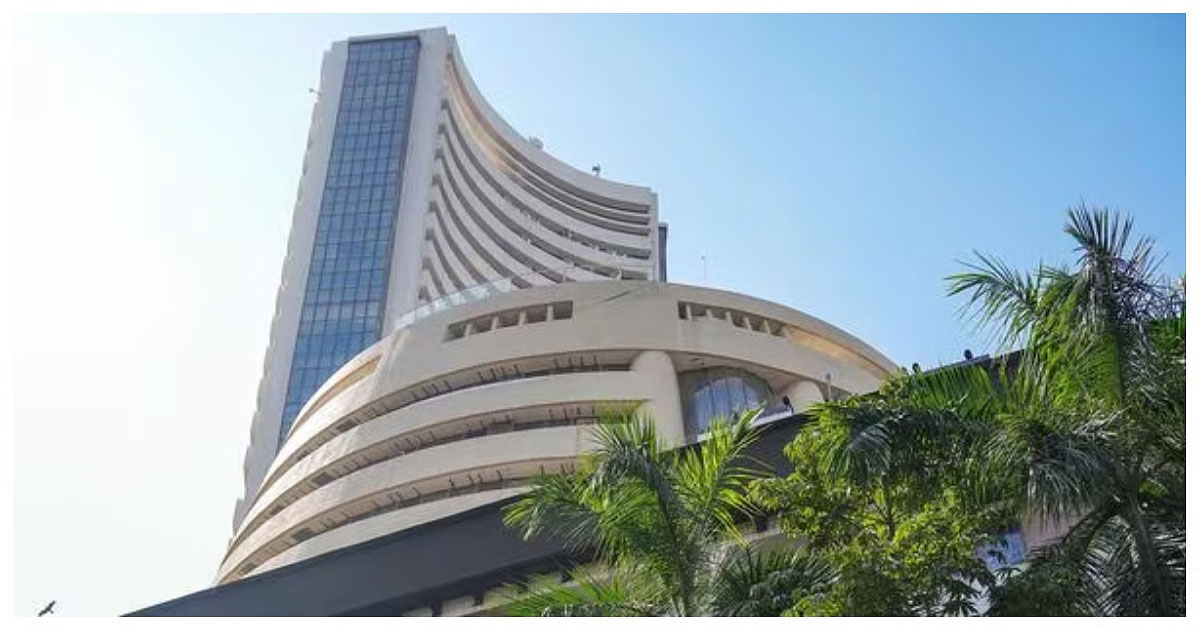Business
States being provided pulses at less than market rate for midday meals: Centre
The Centre is providing pulses to states at Rs 8 per kg, less than the market rate of Rs 42 per kg (issue price) for use in midday meals as well as other food related schemes, to streamline the stock of pulses.
This move was cleared by the Cabinet a month ago and since then, considerable amount of pulses stock has been distributed to states, a top official said, adding that there is enough stock of pulses.
With the festive season in full swing, prices of pulses will not rise much, though there could be minor fluctuations, an official said.
Secretary in the Department of Consumer Affairs Rohit Kumar Singh told mediapersons on Thursday that the government has 43 lakh tonnes of pulses stock and it is from this, that states are being provided pulses for use in their respective schemes.
Out of this, around 20 to 27 lakh tonnes of pulses have come through imports, he said.
On being asked why the Centre is importing pulses despite having an adequate stock, the Secretary said that it is due to the fact that different kind of pulses are consumed in different parts of the country.
To a question on why the government procures pulses from traders who import them, he said that this is done to ensure there is no hoarding.
Singh further said that there is adequate stock of onions in the country (around 25,100 metric tonnes) and states have been asked to procure from it expeditiously so that it does not rot.
He informed that due to timely interventions by the government like caliberated release from buffer stocks, prices of cereals and pulses have been stabilised in the country.
Business
Sensex, Nifty open marginally lower amid mixed global cues

Mumbai, Sep 19: The Indian benchmark indices opened marginally lower on Friday, with IT stocks leading the losses in early trade.
As of 9.26 am, Sensex was down 241 points or 0.29 per cent at 82,772 and Nifty was down 63 points or 0.25 per cent at 25,360.
The US Federal Reserve resumed interest rates cut cycle by reducing rates by 25 basis points but the outlook on further easing in the months ahead failed to meet the investors’ dovish expectations, while markets awaited more cues into US policy path, according to analysts.
Nifty Midcap 100 inched up by 0.16 per cent, and the Nifty Small cap 100 lost 0.04 per cent.
Hero MotoCorp, Shriram Finance, Maruti Suzuki, NTPC, Tech Mahindra were among major gainers on Nifty, while losers were ICICI Bank, Bajaj Finance, Tata Consumer and Titan Company.
Among sectoral indices, Nifty IT, the top loser, lost 0.40 per cent. Nifty FMCG and Nifty Private bank also weighed down on the indices. Except Nifty Realty and PSU Bank all other sectoral indices were trading in the red or with marginal gains.
The Nifty50 held firmly above the 25,400 mark in the previous session, signalling investor confidence with upside momentum intact.
Analysts said that while buying interest is visible at lower levels, the 25,500–25,600 zone remains a stiff hurdle on the upside. On the downside, support is placed at 25,300–25,100 for any minor pullback.
“Market is on an uptrend and is well positioned to set new records soon. Fundamentals, technicals and sentiments are favourable for a steady uptrend. Earnings are likely to improve from Q3 onwards. Technically, short covering is happening and can accelerate,” said Dr. VK Vijayakumar, Chief Investment Strategist, Geojit Investments Limited.
From the market sentiment perspective, a US-India trade deal without the penal tariff and a lower reciprocal tariff is likely, he added.
Major US indices made gains overnight as the Nasdaq added 0.94 per cent, the S&P 500 edged up 0.48 per cent and the Dow inched up 0.27 per cent.
Most of the Asian markets were trading in the green during the morning session. While China’s Shanghai index dipped 0.12 per cent, and Shenzhen advanced 0.23 per cent, Japan’s Nikkei edged up 0.77 per cent, while Hong Kong’s Hang Seng Index moved up 0.12 per cent. South Korea’s Kospi lost 0.46 per cent.
On Thursday, foreign institutional investors (FIIs) purchased equities worth Rs 366 crore, while domestic institutional investors (DIIs) were net buyers of equities worth Rs 3,326 crore.
Business
Stock market rises for 3rd consecutive day on US Fed rate cut, buying in IT sector

Mumbai, Sep 18: The Indian equity indices extended the gaining momentum for the third consecutive session on Thursday amid buying in IT stocks after the US Fed announced a rate cut.
Sensex closed at 83,013.96, up 320.25 points or 0.39 per cent.
The 30-share index opened with a decent gap-up at 83,108.92 against the last session’s closing of 82,693.71 after the US Fed announced a rate cut. However, the index remained range-bound throughout the session amid a mixed approach across sectors except IT.
Nifty ended the session at 25,423.60, up 93.35 points or 0.37 per cent.
“Global equities traded in the green after the U.S. Federal Reserve cut rates by 25 bps to 4–4.25 per cent and signalled two more reductions this year to cushion rising job market risks. Mirroring the upbeat global sentiment, Indian markets opened with a positive gap-up and maintained a sideways trajectory through the first half of the session,” Ashika Institutional Equities said in a note.
Eternal, Sun Pharma, Infosys, HDFC Bank, PowerGrid, HCL Tech, ITC, Hindustan Unilever, Tata Steel, Axis Bank and Bajaj FinServ settled high amid the Sensex stocks. Bajaj Finance, Tata Motors, Trent, Ultratech Cement, and Asian Paints ended the session in negative territory.
The majority of sectoral indices remained in green amid value buying. Nifty Fin Services jumped 135 points or 0.51 per cent, Nifty Bank rose 234 points or 0.42 per cent, Nifty Auto moved up 34 points or 0.13 per cent, Nifty FMCG jumped up 201 points or 0.36 per cent, and Nifty IT surged 303 points or 0.83 per cent.
Broader indices continued their bullish run amid buying in midcap and small-cap stocks. Nifty Small Cap 100 jumped 53 points or 0.29 per cent, Nifty Midcap 100 increased 224 points or 0.38 per cent, and Nifty 100 ended the session 91 points or 0.35 per cent high.
“Rupee closed weaker by 0.26 at 88.09 despite the dollar index staying soft post-Fed policy, where a rate cut was announced but forward guidance remained mixed as the roadmap for further cuts was unclear and data-dependent on jobs,” said Jateen Trivedi of LKP Securities.
The rupee failed to gain as FII sentiment remained cautious, while ongoing India-US trade talks will be the next key trigger. Support for the rupee lies near 87.75, while resistance is seen at 88.25, he added.
Business
Fed Finally Cuts Interest Rates, But What’s Next For India’s Markets & Gold Prices?

Mumbai: The US central bank (Federal Reserve) has cut interest rates for the first time in 2025. This step is expected to support the US economy. Fed Chairman Jerome Powell said the decision was not due to political pressure, even though President Donald Trump had been demanding a rate cut for a long time.
The Fed has also hinted that it may cut rates two more times this year. This is to help the weak US job market. In the recent two-day meeting, almost all Fed members supported the 25 basis points cut. Only one member, Stephen Miran, voted against it.
Stephen Miran works with the White House and was earlier Trump’s economic advisor. He wanted a bigger cut—50 basis points. Trump had promised rate cuts during his election campaign.
New interest rate: 4 percent to 4.25 percent
Repo operation rate: 4.25 percent
Interest on reserve balance: 4.15 percent
Reverse repo rate: 4 percent
Prime credit rate: 4.25 percent
This US rate cut could help Indian markets. Lower US interest rates may push foreign investors to invest in India for better returns. This could lead to growth in the Indian stock market.
Gold may also get a boost. When interest rates fall, investors often look for safer and better returns—like gold. So gold prices might rise further.
The US job market is still weak. Looking at this and other economic risks, more rate cuts may happen in the coming months.
-

 Crime3 years ago
Crime3 years agoClass 10 student jumps to death in Jaipur
-

 Maharashtra12 months ago
Maharashtra12 months agoMumbai Local Train Update: Central Railway’s New Timetable Comes Into Effect; Check Full List Of Revised Timings & Stations
-

 Maharashtra11 months ago
Maharashtra11 months agoMumbai To Go Toll-Free Tonight! Maharashtra Govt Announces Complete Toll Waiver For Light Motor Vehicles At All 5 Entry Points Of City
-

 Maharashtra12 months ago
Maharashtra12 months agoFalse photo of Imtiaz Jaleel’s rally, exposing the fooling conspiracy
-

 National News11 months ago
National News11 months agoMinistry of Railways rolls out Special Drive 4.0 with focus on digitisation, cleanliness, inclusiveness and grievance redressal
-

 Maharashtra10 months ago
Maharashtra10 months agoMaharashtra Elections 2024: Mumbai Metro & BEST Services Extended Till Midnight On Voting Day
-

 Crime11 months ago
Crime11 months agoBaba Siddique Murder: Mumbai Police Unable To Get Lawrence Bishnoi Custody Due To Home Ministry Order, Says Report
-

 National News12 months ago
National News12 months agoJ&K: 4 Jawans Killed, 28 Injured After Bus Carrying BSF Personnel For Poll Duty Falls Into Gorge In Budgam; Terrifying Visuals Surface












